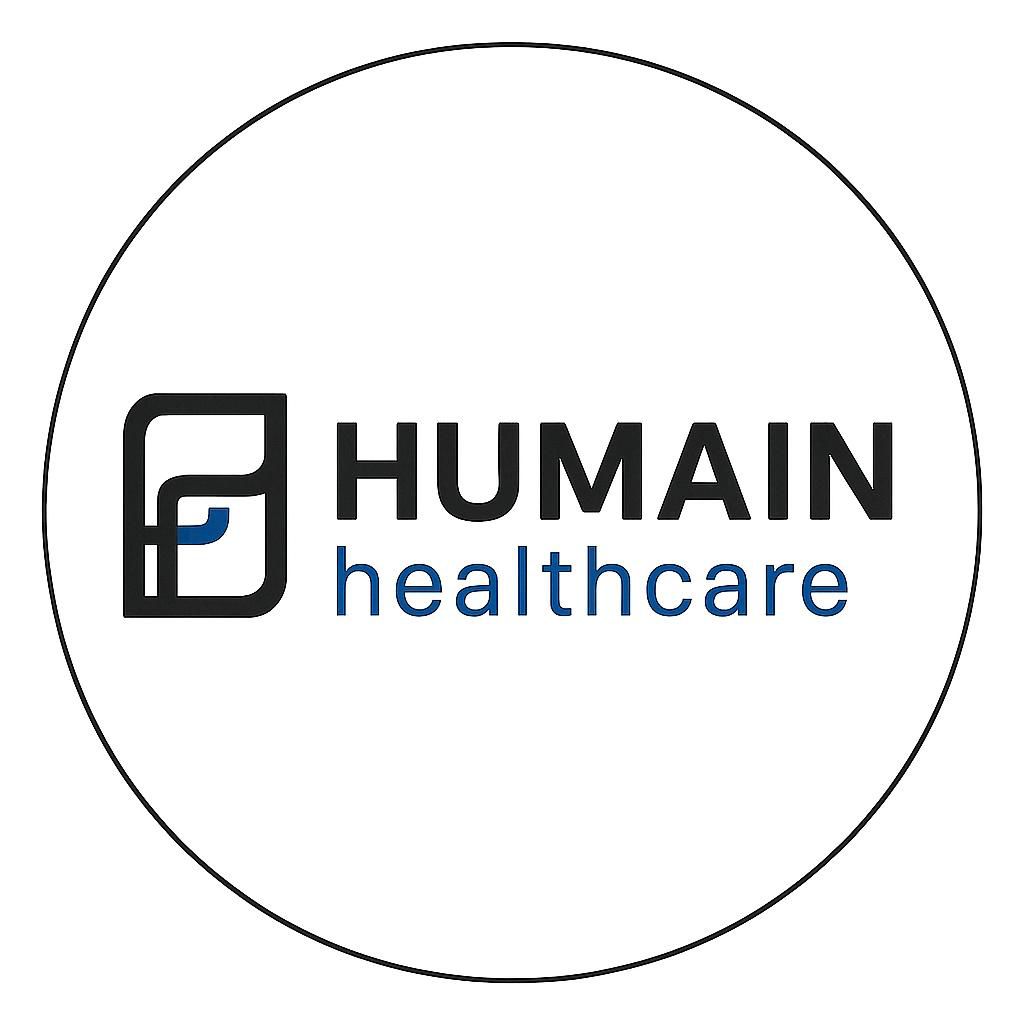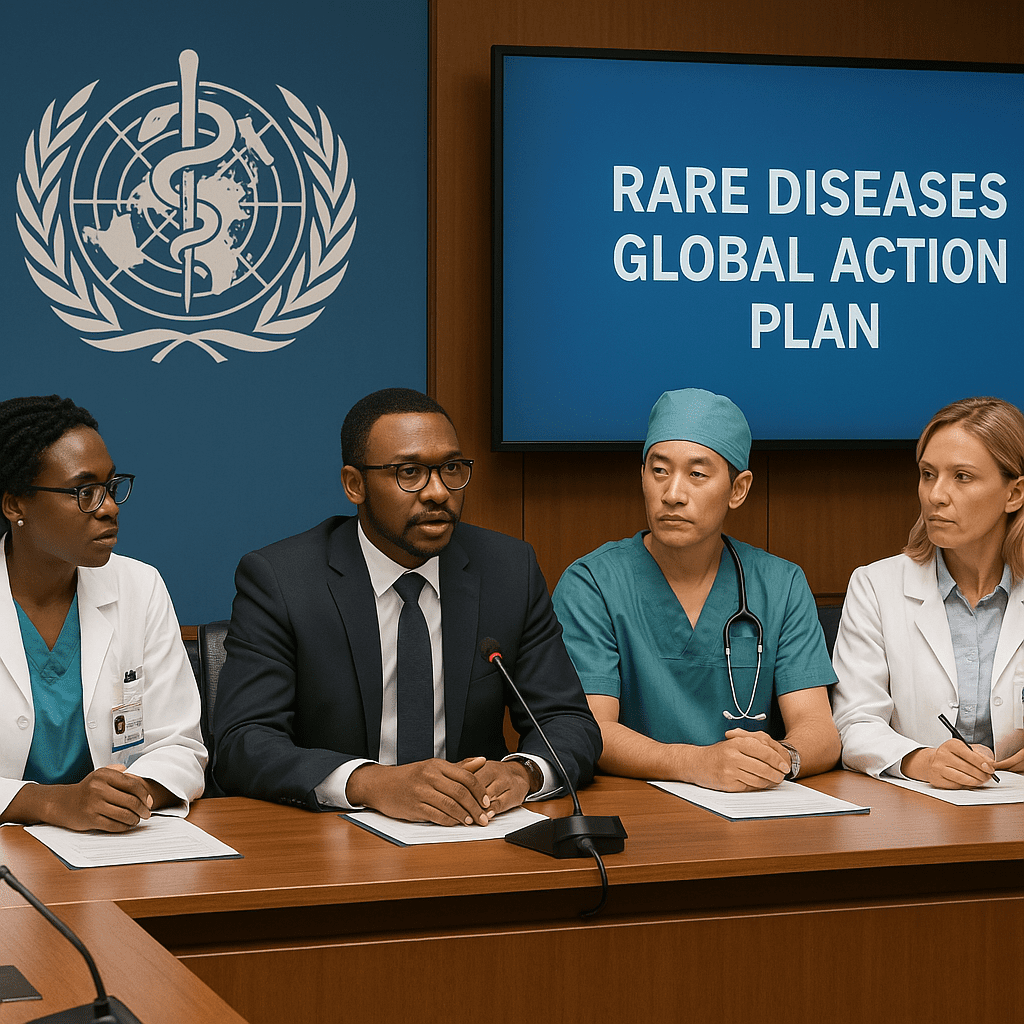In a landmark move for health equity, the World Health Organization (WHO) Member States unanimously adopted a resolution recognizing rare diseases as a global public health priority. This decision marks a significant shift in the international health agenda, integrating rare diseases into national health plans and universal health coverage frameworks for the first time.
Over 300 million people worldwide live with one of the more than 7,000 identified rare diseases, many of which manifest in childhood and impose a substantial physical, emotional, and economic burden. The new resolution urges countries to improve early diagnosis, ensure access to affordable treatments, and implement inclusive policies that reduce the marginalization of affected individuals.
A key component of the resolution is the mandate for WHO to develop a 10-year Global Action Plan, with measurable goals to guide countries toward more equitable and accessible care. The plan will include strategies to strengthen biomedical research, promote therapeutic innovation, and facilitate access to orphan drugs.
The resolution also emphasizes the need to integrate rare diseases into health information systems, enhance healthcare professional training, and foster international collaboration to overcome diagnostic and therapeutic barriers.
Public health experts have welcomed the measure as a crucial step toward health justice. “This global recognition could catalyze significant advances in research, diagnosis, and treatment, especially in low- and middle-income countries where care for these conditions has historically been limited,” said Dr. María del Pilar Sánchez, Regional Advisor on Noncommunicable Diseases.
The decision comes amid growing pressure on health systems, with cuts in external aid and rising out-of-pocket expenses in many countries. In this context, WHO reaffirms its commitment to universal health coverage, placing rare diseases at the center of a more inclusive and sustainable health agenda.

